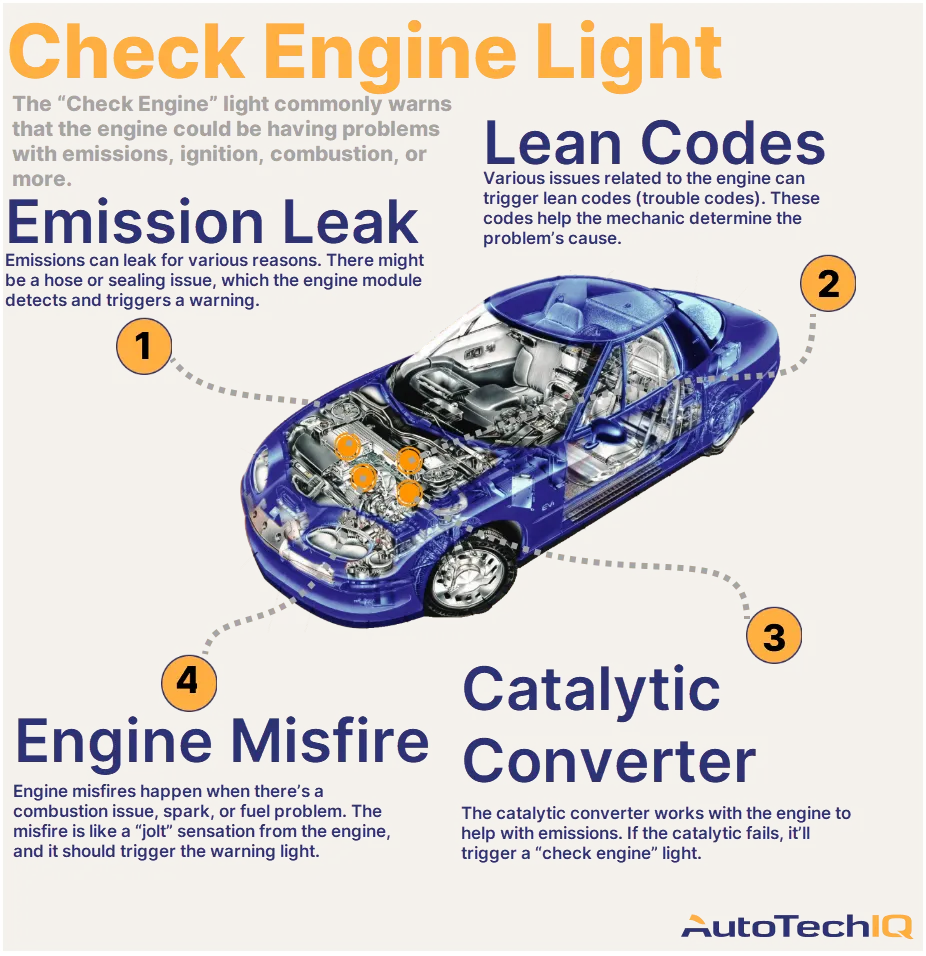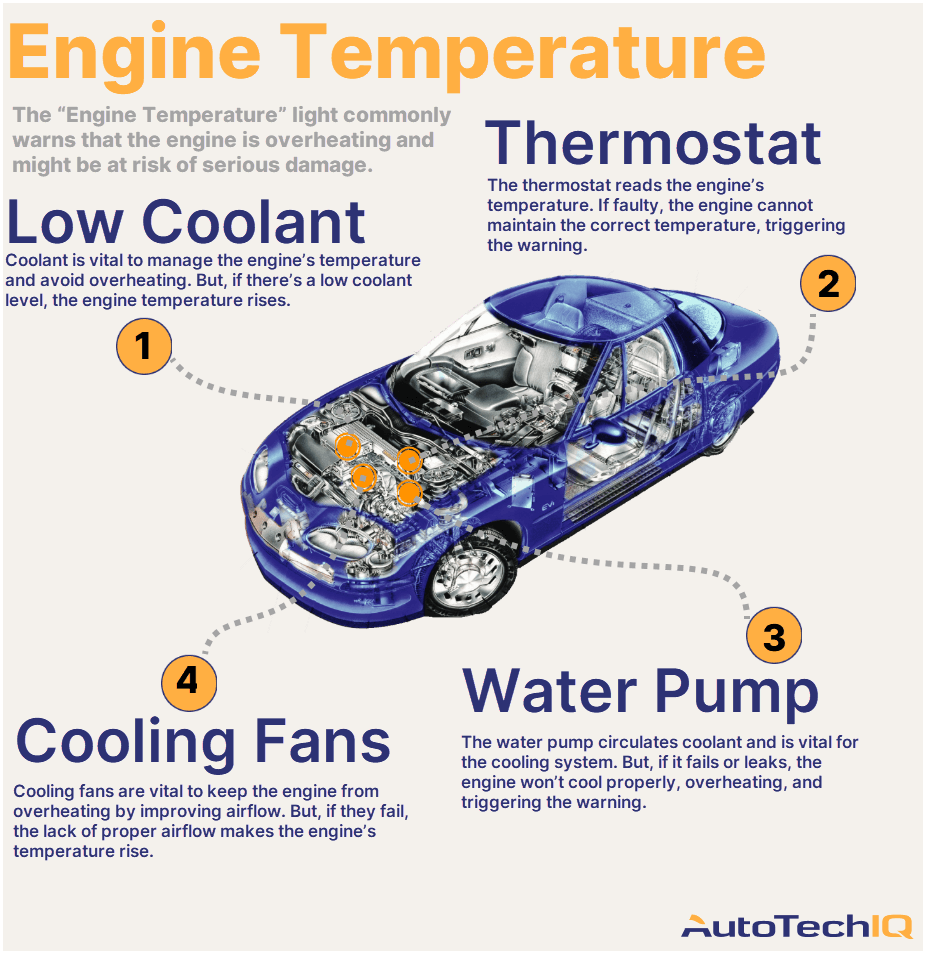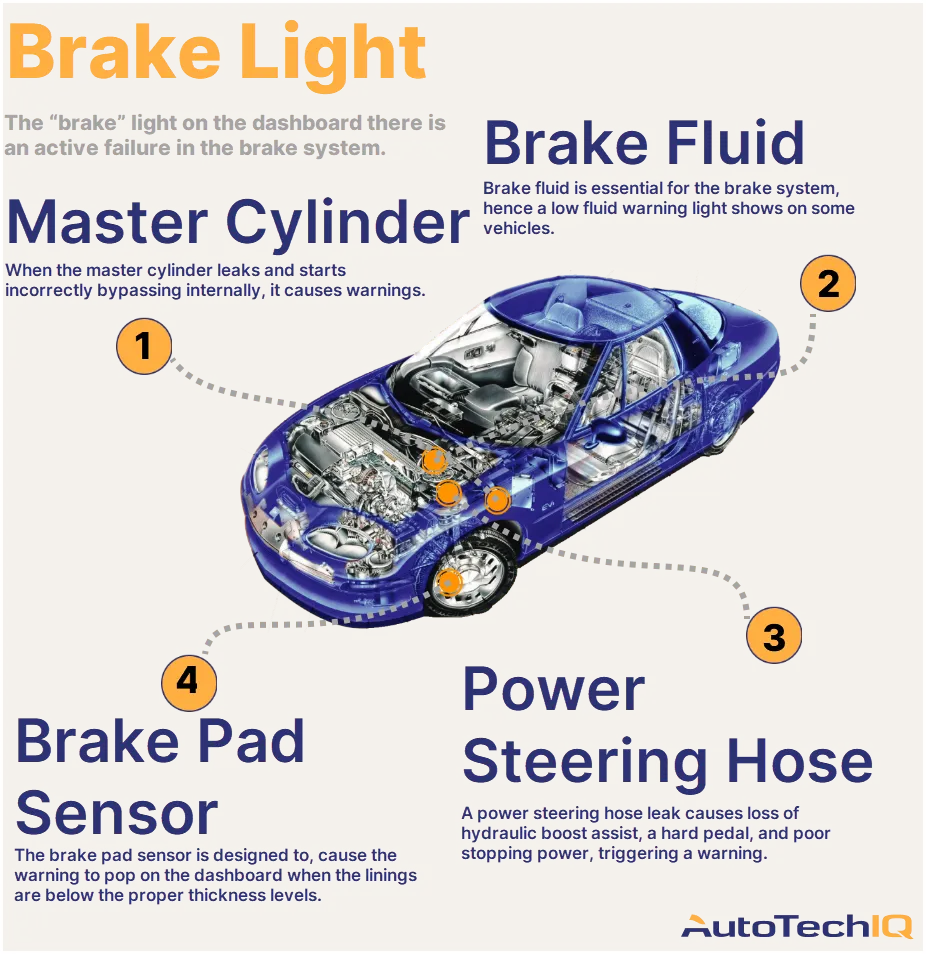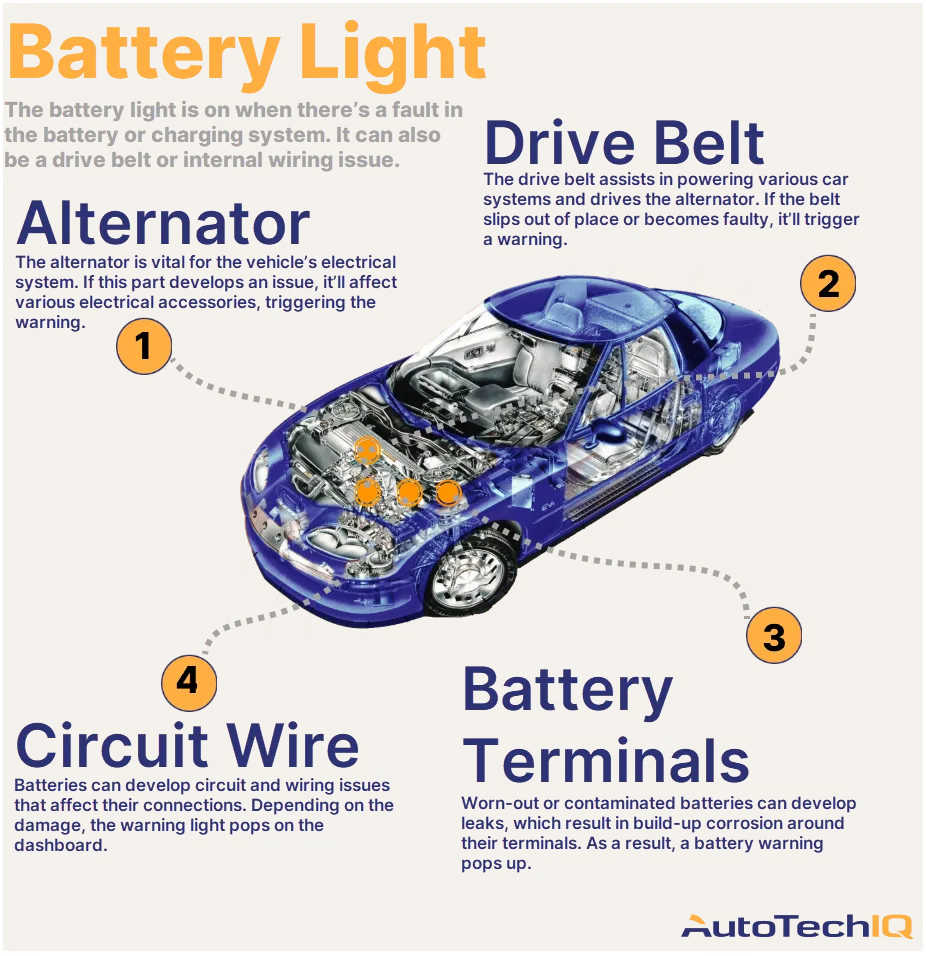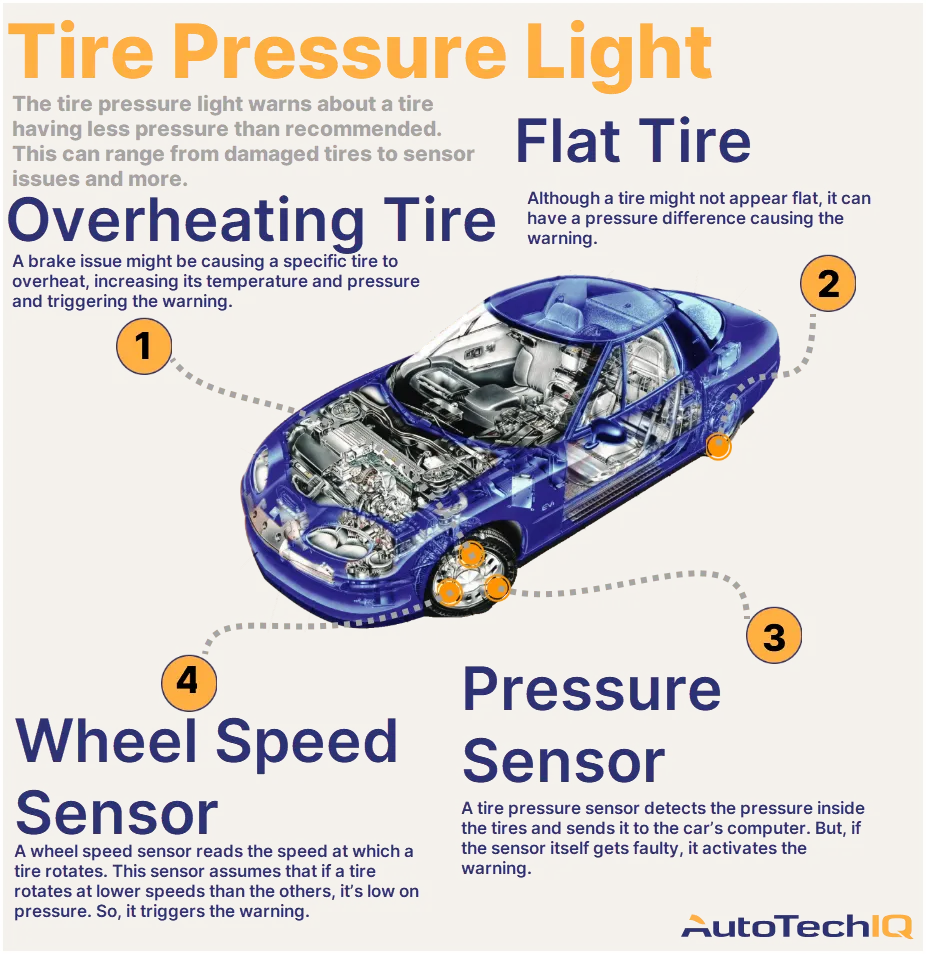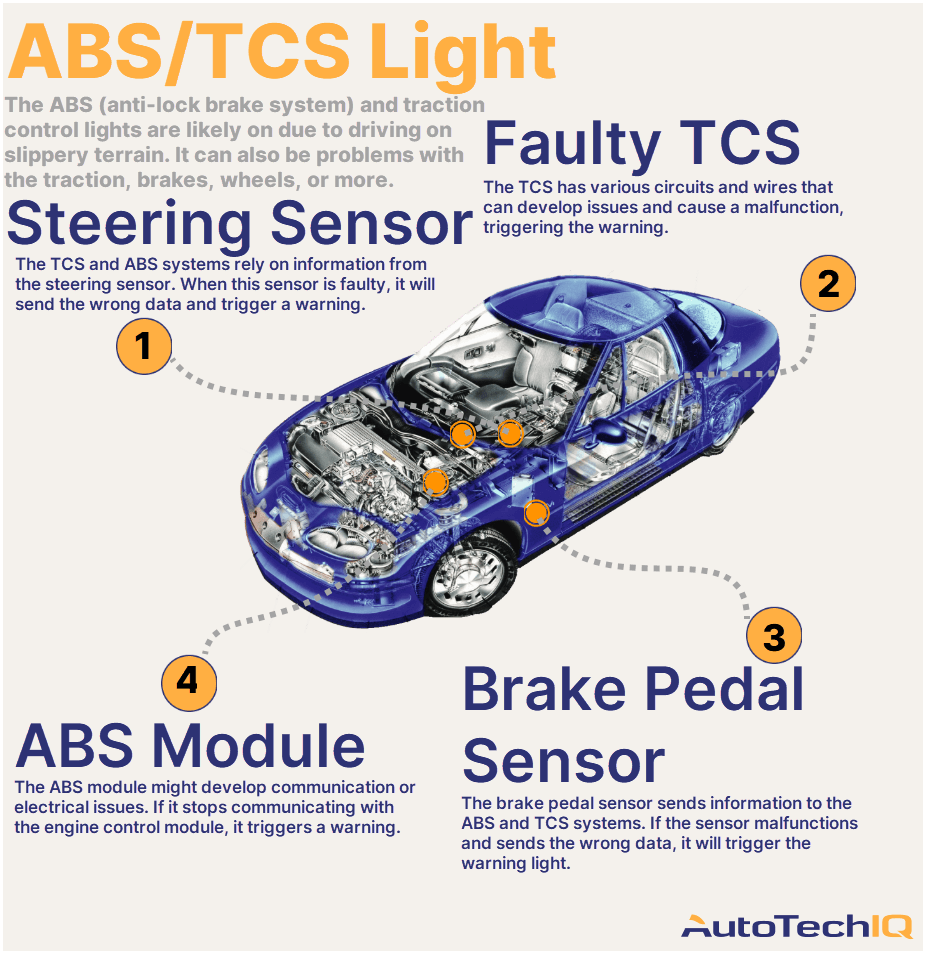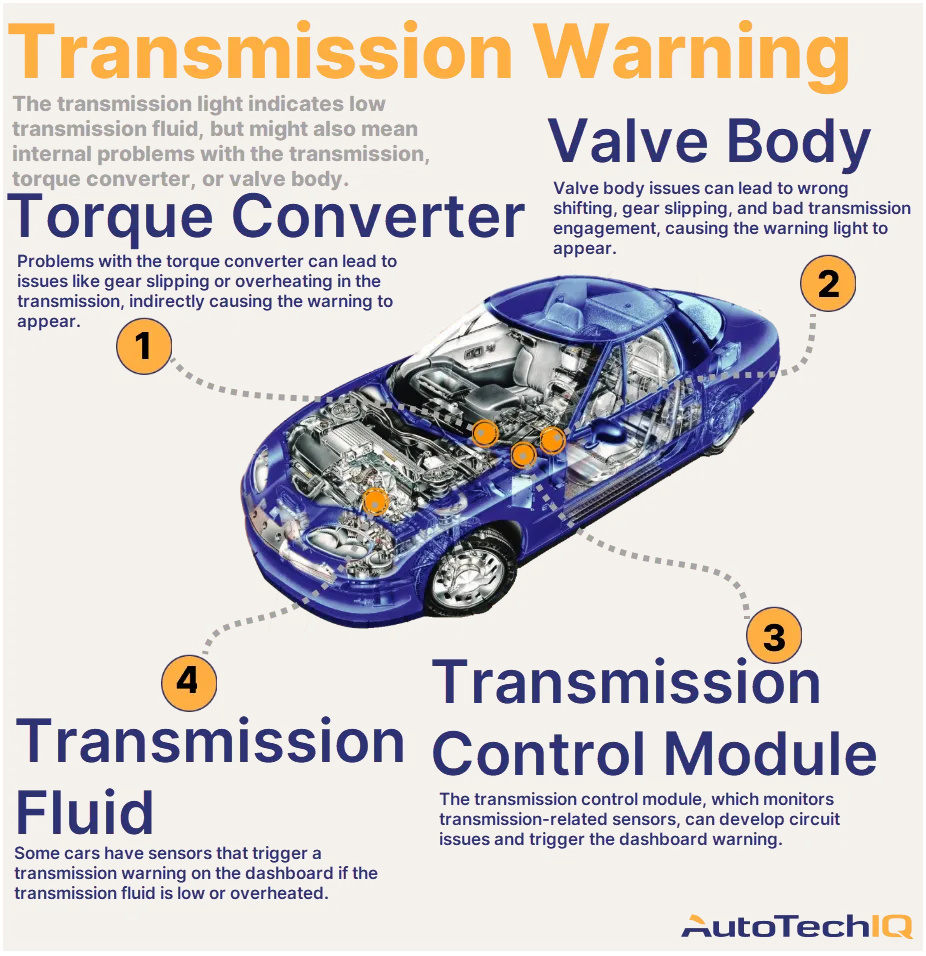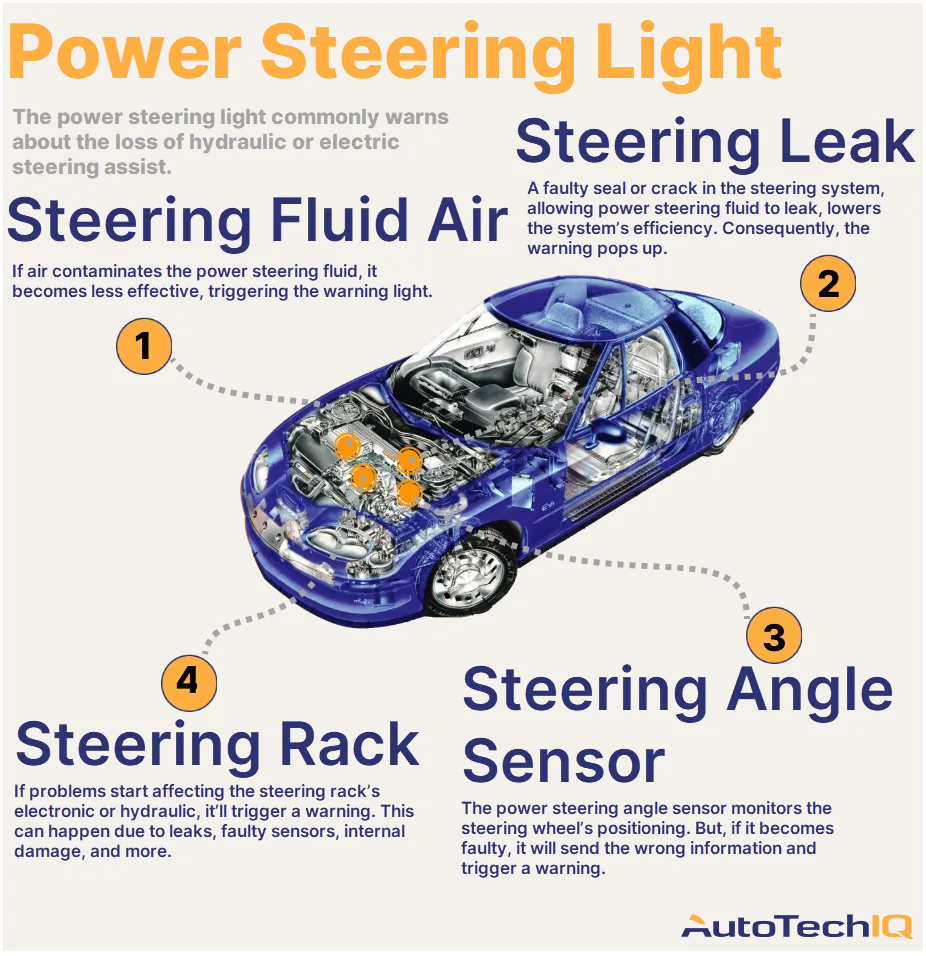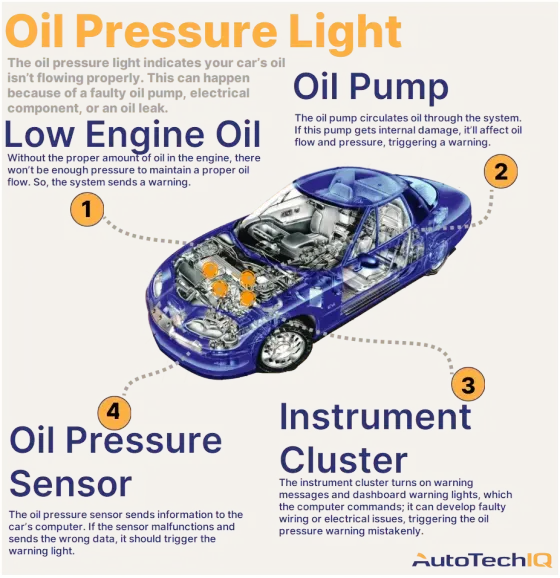
Is Your Car's Oil Pressure Warning Light On?
The low oil pressure light indicates your car’s oil isn’t flowing properly. This can happen because of a faulty oil pump, electrical component, or an oil leak. Alternatively, the car’s oil might be fine, but damaged sensors send the wrong information.
Watch out: Stay alert if your car's dashboard begins to pop the "oil pressure" warning light. Your vehicle might be under progressive damage and might require hefty repairs in the future; it'll also feature considerable safety risks. So please, keep track of your car's odd behaviors and browse through our articles to find out the information you'll need to share with your go-to auto shop.

